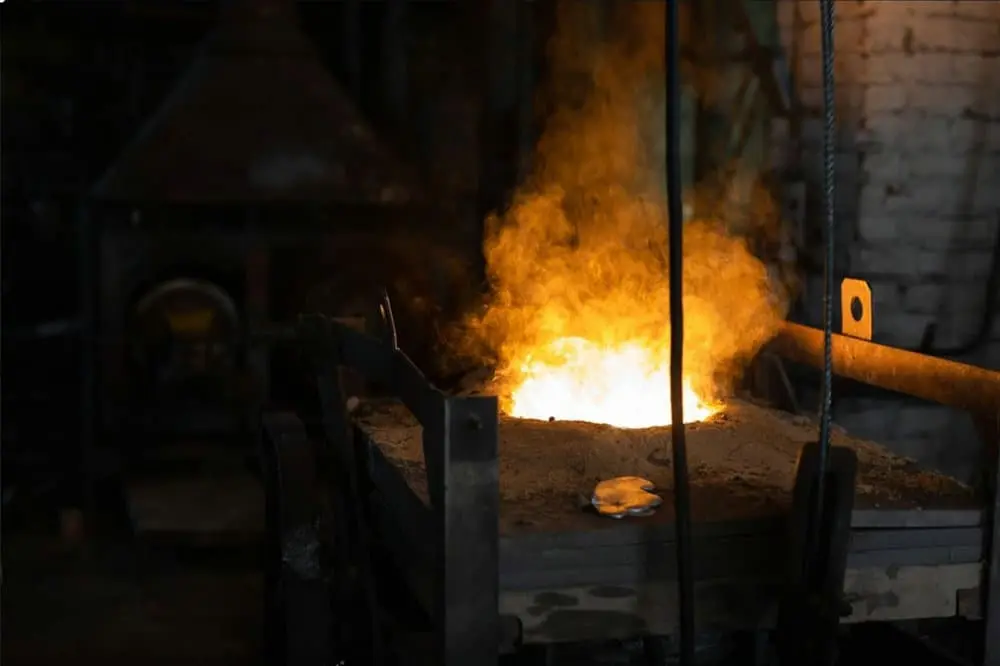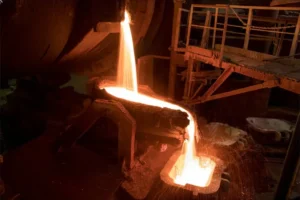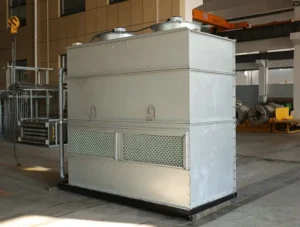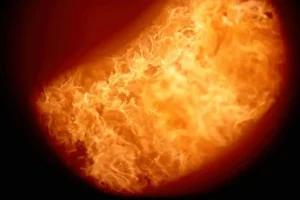Распространенное заблуждение существует среди многих операторов промышленной печи: при условии, что на футеровке печи нет явных трещин или сколов., он может оставаться в эксплуатации. Этот вид, однако, игнорирует критический показатель эффективности огнеупорных материалов —”усталость от жизни.”
Даже когда кажется неповрежденным, внутренняя структура футеровки подвергается “усталость” и деградация от повторяющихся циклов теплового расширения и сжатия., создавая серьезную угрозу безопасности.
Поэтому, важно установить и соблюдать регулярный график замены футеровок.
The “Усталость” огнеупорных материалов
Подобно тому, как металлические детали разрушаются под действием повторяющихся напряжений., огнеупорные материалы, которые действуют как “защитный щит” для промышленных печей, также испытать “усталость” процесс при длительном воздействии периодического нагрева и охлаждения. Футеровка расширяется при высоких температурах и сжимается при охлаждении.. Это повторяющееся термоциклирование создает циклическое напряжение внутри материала..
Через некоторое время, даже если эти напряжения не достигают уровня, достаточного для появления видимых трещин, они наносят необратимый вред микроструктуре материала.
- Образование и распространение микротрещин: Новый, мельчайшие трещины могут образовываться при каждом термическом цикле, в то время как существующие постепенно расширяются и взаимосвязаны. Эти трещины изначально слишком малы, чтобы их можно было обнаружить, но постоянно ослабляют общую структурную целостность материала..
- Снижение прочности сцепления: Огнеупорные материалы обычно состоят из заполнителей и связующих веществ.. Повторяющиеся колебания температуры могут ухудшить характеристики связующего., снижение прочности сцепления с заполнителями. Это аналогично тому, как цемент в бетонной конструкции постепенно превращается в порошок.; пока форма остается, его несущая способность сильно снижена.
- Изменения в материальной фазе: В условиях длительного воздействия высоких температур, кристаллическая структура некоторых огнеупорных материалов может трансформироваться, создание новых минеральных фаз с худшими свойствами. Этот фазовый переход может сопровождаться изменениями объема., дальнейшее усугубление внутреннего напряжения и ведущее к деградации материала..
Безопасность Опасности, вызванные “Усталость”
Когда есть подкладка “усталость” накапливается до определенного момента, возможно, это критическая ситуация, опасное состояние, даже если его поверхность окажется “нетронутый”.
- Значительное снижение характеристик изоляции: Увеличение внутренних микротрещин и более рыхлая структура резко снизят теплоизоляционные возможности футеровки.. Это приводит не только к резкому росту энергопотребления, но и к, более опасно, может привести к тому, что температура корпуса печи превысит расчетные пределы.
- Повышенный риск прожога снаряда: Если прочность корпуса печи снижается из-за локального перегрева, он становится очень восприимчивым к деформации или даже прожогу. Утечка высокотемпературного расплавленного материала или газа может спровоцировать катастрофические события, такие как пожары или взрывы., создавая огромную угрозу для персонала и оборудования.
- Незапланированные остановки и производственные потери: А “утомленный” футеровка может в любой момент внезапно обрушиться или отколоться, вызывающие остановку производства и вызывающие значительные экономические потери. В отличие, запланированный, плановая замена предполагает гораздо более низкие затраты и меньшее влияние на производство.

Плановая замена – необходимая мера безопасности
Передовая практика и стандарты отрасли широко подчеркивают, что “появление” Качество футеровки не должно быть единственным критерием для определения необходимости ее замены.. Поскольку рабочие температуры, скорость нагрева/охлаждения, частота использования, и атмосфера в печи сильно различается в разных промышленных печах., а “Один размер-все” графика замены не существует.
Поэтому, Компании должны создать научную систему управления и технического обслуживания футеровки, основанную на их конкретном оборудовании и характеристиках процесса..
- Создание подробных оперативных архивов: Запишите ключевые данные для каждой печи, например часы работы, температурные кривые, и химический состав топлива или перерабатываемых материалов.
- Проведение регулярных профессиональных проверок: Наймите профессиональных инженеров по огнеупорам или поставщиков услуг для периодической проверки и оценки футеровки.. Это может включать инфракрасную термографию., измерения толщины, и анализ проб для научной оценки внутреннего состояния футеровки.
- Разработка плана замены: По оперативным данным, результаты профессионального осмотра, и рекомендации производителя, создать разумный цикл профилактической замены для каждой печи и строго придерживаться его при достижении срока службы.
Заключение: Применение “если он не сломан, не исправляй это” менталитет по управлению футеровкой печи чрезвычайно опасен. Мы должны полностью признать объективную реальность “усталость жизни” в огнеупорных материалах. Только посредством научного управления и планового технического обслуживания и замены мы можем эффективно снизить риски безопасности, связанные с ухудшением характеристик футеровки., обеспечение стабильности производства и безопасности персонала.







